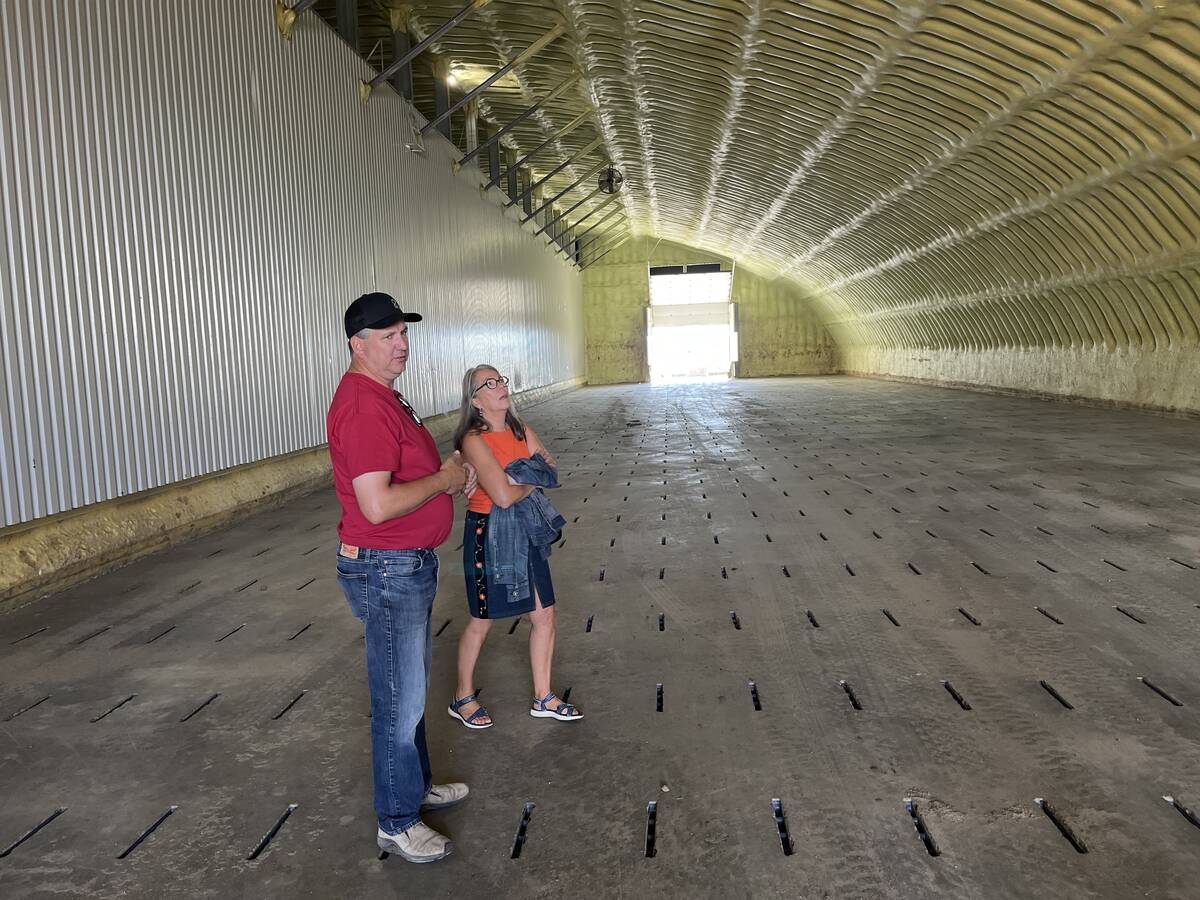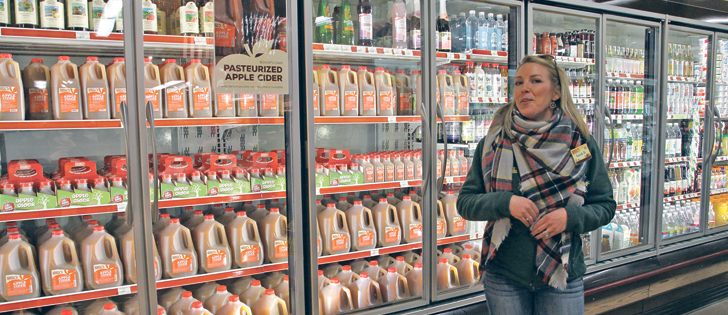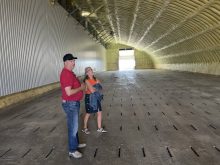MYSTIC, Conn. — The long-term success of a family farm depends on ongoing succession planning, said a farm business consultant.
Erin Pirro of Farm Credit East in Enfield, Connecticut, advised delegates at the North American Farmers’ Direct Marketing Association here Feb. 7 to start early.
“It’s not going to happen overnight and you don’t want to wait till it’s too late,” said Pirro, a sheep farmer who is currently working on succession plans with her husband and parents.
She said success in succession starts with profitability.
Read Also

Potato farm requires year-round management
The most recent Open Farm Day in Alberta showcased agricultural producers across the province educating the general public about the process that is required is to get food to their table.
“You have to be successful to move forward,” said Pirro, citing the many elements to address, such as business management, retirement plans, land transfers land ownership of assets.
“All these things have to fit together and they all centre around profitability. All needs profitability for them to happen,” she said.
Pirro said recordkeeping allows for better decisions and outcomes.
“Good management records are the most profitable tool you’ll ever own,” said Pirro.
As an example, she said the cost of buying a new tractor needs to be weighed against how it affects other future improvements or innovations on the farm.
The younger generation is often less risk averse than the older one, so it’s important to create a workable business plan.
“Where are we headed, what does the vision look like, what goals are we trying to accomplish gets everybody on the same page?” said Pirro.
She called bringing the younger generation into management among the more challenging parts but also the most important.
It’s often because there is little understanding of the financial end to share with the next generation or because families are secretive about sharing those details, said Pirro.
She said the next generation is less likely to make decisions from their gut if they are schooled on the financial implications for the business.
Some farm businesses, such as Bishop’s Orchards Farm Market and Winery in Guilford, Conn., insist that the incoming family works off the farm or gets post-secondary education before returning.
“Learning what we don’t want to do can often be as powerful as knowing what we want to do,” Pirro said.
Keith Bishop agreed. His two daughters will take over the diverse business from him and his cousin in the coming years.
“Working for somebody else is a very valuable asset,” he said.
Including consultants in business planning is also beneficial. While only his family sits and votes on the company’s board of directors, outside directors join them four times each year.
The family also gains much knowledge from participating in seminars at the University of New Hampshire’s Centre for Family Business.
“Outside expertise instills more vigour into the process,” Bishop said.
They can also help identify what positions best suit family members coming in.
“You have to have the right people in the business,” he said.
Bishop said they moved ahead with a significant expansion, one of many for the agribusiness that began in 1871, after a family meeting that garnered a firm commitment from the next generation.
He said it’s difficult in succession planning to allow for other family members who are not currently working in the business, and this often creates tension.
“How do you leave a hole when others are here doing the work and sacrificing other opportunities?”
Pirro conceded it’s often hard for the older generation who has built the business to let it go because it’s so closely tied to their self-worth.
Letting the younger ones have free reign is not the right tactic either, she said.
“You never want to let someone loose and say good luck, but at the same time you don’t want to micromanage them,” she said.
Pirro advised farmers to be aware of generational differences with millennials, who have grown up using Google to figure things out on their own but still need clear directions on work that is required.
She encouraged farm elders to be mentors who help young people improve their skills while talking about business strategies and the bigger picture.

















